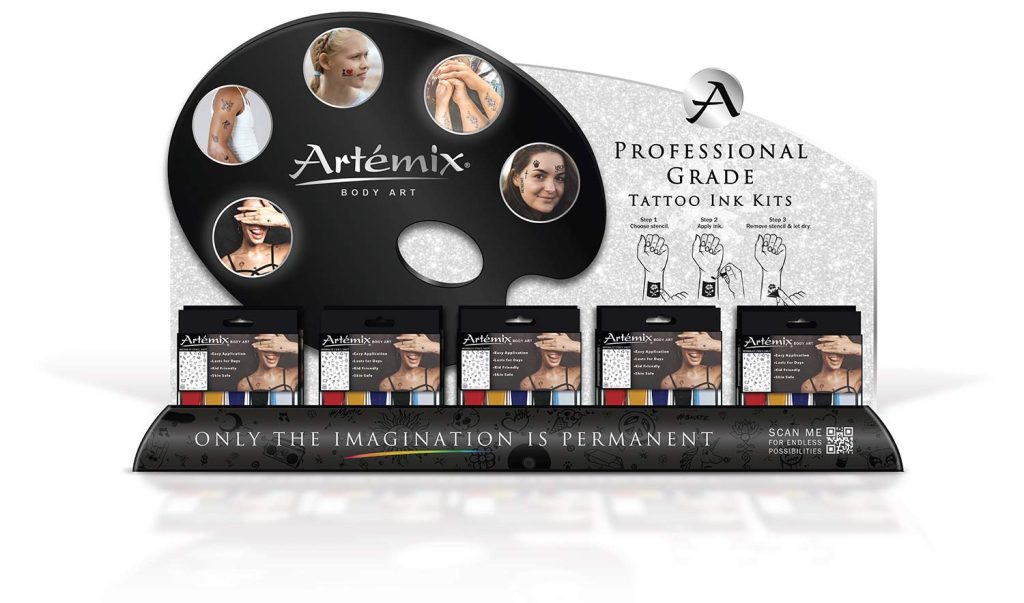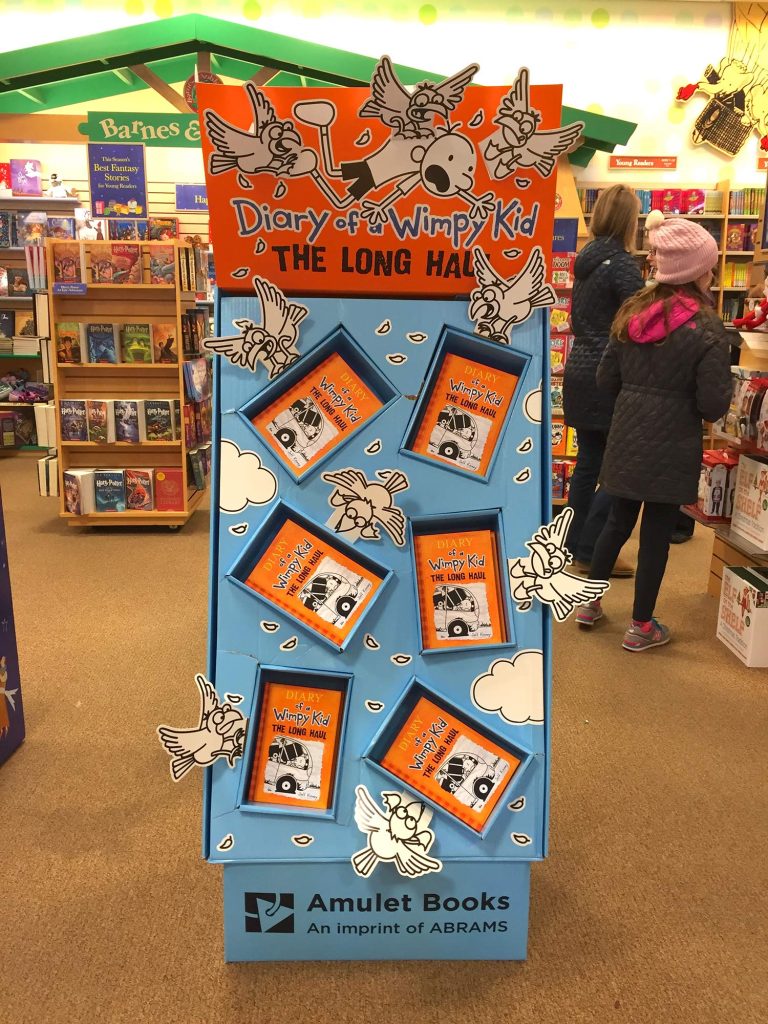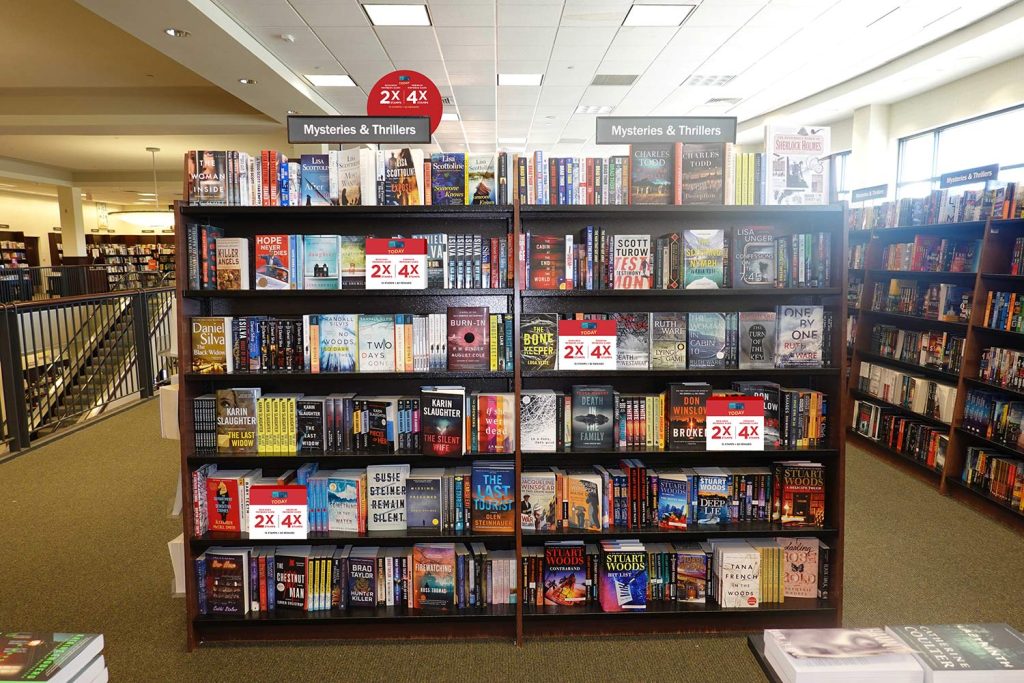Turn Browsers into Buyers: Showcasing Your USP in Retail Displays

In today’s competitive retail environment, with the necessity for a brand to stand out in a sea of choices, having a strong Unique Selling Proposition (USP) that can instantly connect with shoppers on the move can make or break a product’s performance on the shelf. Retail signage and in-store displays serve as powerful tools to communicate this USP, capturing shopper attention and influencing purchase decisions in seconds. But effective execution requires strategy, creativity, and a deep understanding of shopper psychology.
In this article we will outline 6 steps to successfully integrate your USP into retail displays and retail signage, so you can grab consumer attention and convert shoppers in-store:
- Understand Your USP
- Follow Design Best Practices
- Employ Strategic Placement
- Harness Shopper Psychology
- Measure Marketing Effectiveness
- Avoid Common Pitfalls
1. Understand Your USP
Before designing any signage, clarify what makes your product truly unique. Is it quality, price, convenience, sustainability, or innovation? Your USP must be concise and easily digestible at a glance— shoppers typically spend less than three seconds noticing a display.
If you haven’t taken the time to distill the differentiators of your product down to a simple sentence or phrase, this can be a painful process, but it will help focus marketing efforts in-store and beyond. As we noted in another article about USP in retail displays, this is generally one of the hardest steps for many clients to get right and where most of the time is spent in crafting a concept.
Tip: Use clear, benefit-driven language. Avoid generic statements like “high quality” — instead, specify what sets your product apart, e.g., “Made with 100% organic ingredients” or “Lasts twice as long as standard brands.”
2. Follow Design Best Practices
Signs are more than just words. The visual design or retail displays and signage can convey meaning even more effectively than the copy itself. Shopify notes that while signage entails more communication than art, design is still an important part of making sure the right message gets across.” Your signage should visually reinforce your USP. Key principles include:
- Hierarchy and clarity: Highlight the USP prominently using bold fonts or contrasting colors.
- Imagery: Use visuals that demonstrate the product benefit, such as lifestyle images or product-in-use shots.
- Consistency: Ensure colors, fonts, and tone align with overall brand identity to strengthen recognition.
- Simplicity: Avoid clutter. The message must be readable within seconds.

3. Employ Strategic Placement
To be effective, your retail signage and displays need to be visible. Where you position your displays directly affects their impact. In our article about the Five Unbreakable Rules of In-Store Signage we explain that location matters or behavioral and physical reasons. For example, the first 10 to 20 feet into a physical store is known as the “decompression zone,” where a shopper can catch their breath and orient themselves to the space, providing an opportunity to catch their attention. On the other hand, shelf signage placed less than two feet from the floor can be difficult, if not impossible, to read. When deciding on placement, consider:
- Eye-level placement: shoppers notice products more easily at eye level. Wherever the shopper is in the store, their primary field of vision is generally 45 degrees up or down from eye level to a distance of about five feet.
- High-traffic areas: End caps, checkout zones, and entrance displays receive the most foot traffic and offer maximum exposure for your message and your product.
- Category context: Place your display near complementary products to increase relevance and impulse buying. Think beyond the limits of the product category. Items used at the same time or place, or that share a similar theme can fit together, too.

4. Harness Shopper Psychology
Retail signage isn’t just about aesthetics; it’s about triggering behavior. As consumer behaviorist Nicole Arnett Sanders, PhD., explains, “Impulse purchases are all about emotion — that heart-racing moment when you see something and feel an immediate, almost magnetic pull to buy it.” By tapping into consumers’ emotions, you can bypass their thought process and prompt the urge to purchase. Highlight your USP in ways that tap into:
- Desire: Words like “luxury,” “exclusive,” or “handcrafted” suggest products that project a higher social standing and evoke desire.
- Scarcity: Limited editions or “only X left” create a sense of time constraints and prompt urgency.
- Social proof: Customers are more likely to trust claims supported by experts or peers. Showcase awards, reviews, or certifications that reinforce credibility.
5. Measure Marketing Effectiveness
According to analytics provider ThoughtSpot, “As customers have multiple channels to engage with brands and retailers, it can be difficult to make quick, accurate decisions about which strategies will yield the highest ROI,” which explains why “Data-driven decision making has become increasingly important for retail organizations in today’s dynamic market.” A strong USP deserves measurable ROI. Track the success of your signage through:
- Sales uplift: Compare sales before and after display installation.
- Engagement metrics: QR code scans, promotional redemptions, or in-store surveys.
- Visual attention studies: Some brands use eye-tracking or shopper observation to refine design placement.

6. Avoid Common Pitfalls
With more than 60 years in retail marketing, at Medallion Retail we have seen every mistake in the book. Decades of experience have taught us how to convey to our clients what not to do through our consultative, cost-effective process. You can bypass some of these common marketing mistakes that undercut your USP by remembering to:
- Pare it down: Overloading signage with too much text or visuals dilutes your message and distracts from your USP.
- Stay Specific: Using vague messaging that doesn’t differentiate your product wastes valuable space.
- Remain on-brand: Failing to maintain brand consistency across different stores or regions undermines the impact of your campaign.
Get Help from the Experts
A clear, well-placed, and visually compelling retail display communicates your USP instantly, differentiates your product, and drives sales. By combining strategic design, shopper psychology, and precise messaging, your in-store signage can transform browsers into buyers — turning a simple display into a powerful marketing tool. Looking to create cost-effective, impactful in-store marketing? Medallion Retail offers full service concepting, design, production, and more, all backed by our decades of expertise. Contact us today to start maximizing the effects of your retail marketing program.